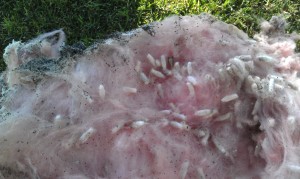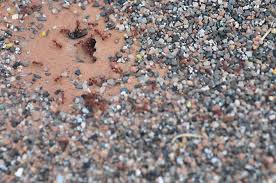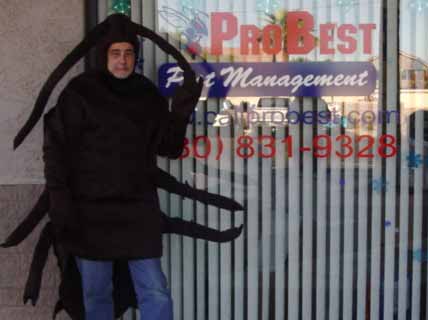So you got Bee’s what do you do?
We have talked about my opinions about Do It Yourself (DIY) bee control, here in Arizona the rule of thumb is that all bees are Africanized. What does that mean to the general homeowner? My opinion is don’t mess with them at all. Why do I say this, the is my biggest reason – once you have pissed them off there are no take backs. You can’t start over, they will be upset and nasty for hours. Why would or should this concern you? Let’s say you begin the project, you hit them with a can of bug spray, they become nasty and attack the neighbor’s dog and then you notice kids coming down the street! Africanized Bee’s will follow you for 1/2 mile, stinging anything they can. They also don’t give up very easily, once a bee stings you they release a pheromone and that alerts any bee nearby to attack. An average 200 pound person can possibly take 1000 stings or die from a single sting.
I have seen this first hand, we attempted to get rid of a colony that was huge – at least 100,000 and we decided to use our tank in the back of the truck for a quicker kill. These bees were highly agitated and continued to sting for hours, thank goodness we had bee suits on.
And now the rest of the story….
So, as is often the case, we kill the bees and secondary pests take over. Its not always easy to decide if you should open the wall or not. If the bees are recent invaders, I would leave it alone. If they have been there awhile it is probably a good thing to open the wall. Secondary pests like cockroaches, wax moths and ants may soon find there way into the sticky but sweet honey and that may be when your real nightmare begins.







